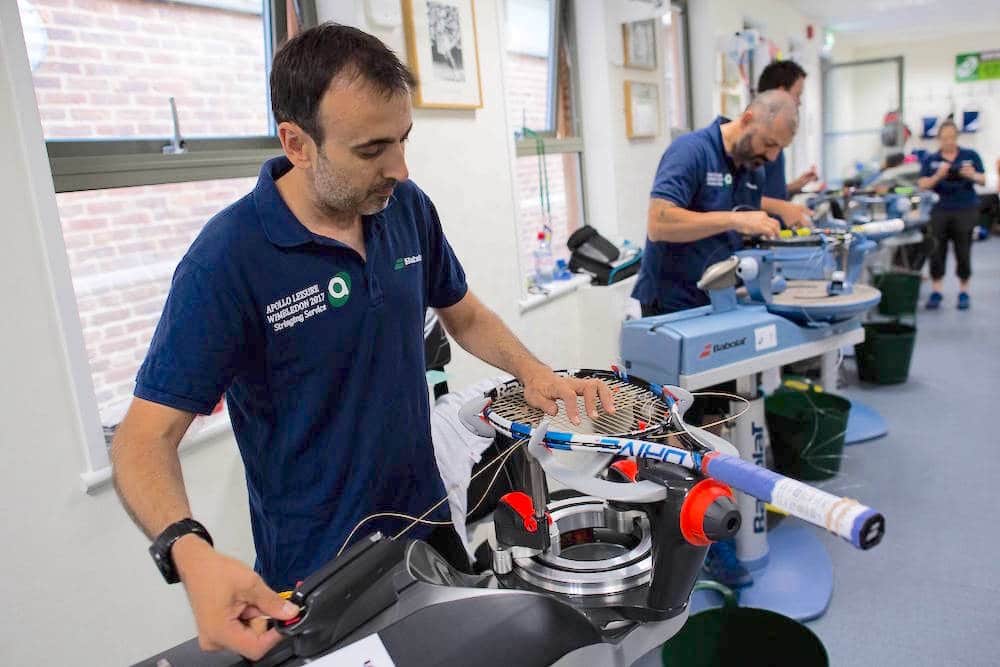
Strings demystified
Originally published on: 04/09/13 00:00
With hundreds of different strings on the market, choosing one can be daunting.
Jim Warner has been part of the stringing team at Wimbledon for the last five years and has strung thousands of rackets.
“It’s a bit like having your car serviced,” Warner, a stringer for Dunlop Tennis, explains. “You can be the best driver in the world and have the best car in the world but if you’ve got flat, bald tyres then you’re going to be all over the road. It’s the same with your tennis racket. It doesn’t matter what frame you have, if it doesn’t have the correct strings it’s not much good to you.”
While a top professional tennis player may take up to ten rackets onto court for a single match, a club player may neglect to get their racket restrung even once a season. The same frame with new strings can make your stick feel like an entirely different racket. Your game style, level of play and how often you frequent a tennis court will dictate what type of string is best for you, while your budget will also impact on your final choice.
Racket technology may have come a long way since the days of John McEnroe and Jimmy Connors, but the natural gut string still remains a firm favourite among many of today’s pros. With natural elasticity it can generate a lot of power, but lacks durability and can be expensive to replace regularly. At the other end of the spectrum are the harder, monofilament strings also used by many pros. Ultradurable, the rigid polyester strings increase the capacity for spin.
“Many pros use a mix of natural gut and polyester strings, known as a hybrid,” says Warner. “It may well be that you would have the durable strings in the main and then the softer string in the cross string so it doesn’t injure your arm.” If you like the feel of natural gut but the wallet won’t stretch, go for a multifilament string, but if you’re a string buster, the synthetic gut may be better suited to your game. Once you’ve picked out your string, you need to consider the gauge, or thickness.
“The thinner the string, the more elastic it is, so you’re able to generate greater power and spin, but it is more likely to break,” Warner explains. “If you opt for a thicker string, it is more durable but it may impact performance.”
If things weren’t complicated enough for the uninitiated, there are two labelling systems in place – the international version and the US one, which is more commonly used. A beginner will normally start out with 15 gauge strings, while the average club player should opt for 16-17. For those who can afford to restring their rackets more often, an 18 gauge is a better option.
Another element that varies between each racket is string pattern. A frame with an open string pattern (fewer strings) offers greater power and spin, while a denser string pattern (more strings) provides greater control. The final aspect to consider is string tension. Every racket has a recommended tension range, but as a general rule, a lower tension provides greater power while a higher tension has more control.
“At Wimbledon last year, the highest tension was 32kg and the lowest tension was 12kg which is a huge difference,” Warner says. It’s not only the type of player you are, it’s the type of surface you play on.
“If you’re playing [on the clay] at Roland Garros you tend to hit the ball with a lot more spin and a higher trajectory from further back, so you might go for a lower tension for a bit more power. At Wimbledon, where the ball goes a lot faster off the grass, the same player will go for higher tension which is going to give them more control.”
Now get the WORLD’S BEST TENNIS MAGAZINE here


